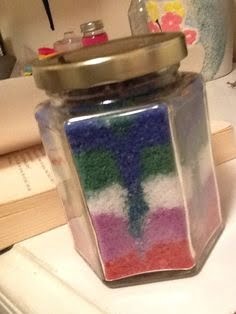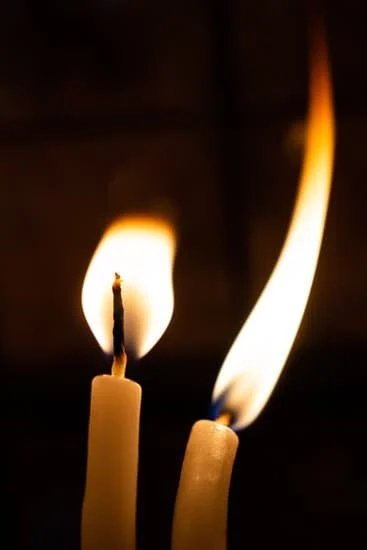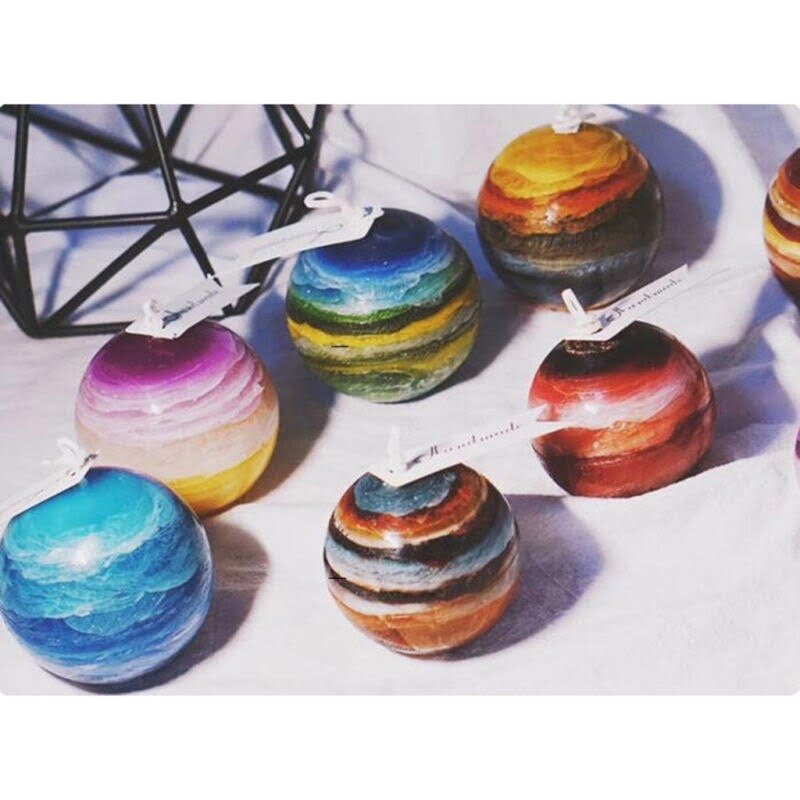Introduction
Candle making is an ancient craft that has been in practice for centuries. It involves combining wax and aromatic oils with a wick, to produce beautiful candles of all shapes, sizes, and colors. Because the basic ingredients of candle making are inexpensive, this craft can easily be picked up by beginners at an affordable cost.
However, if you want to make great-looking candles with appealing scents that will have a lasting impression with your guests and customers, it is important to use quality materials. This article will provide you with a list of necessary supplies that should be acquired in order to create stunning and aromatic candles.
The must-have materials needed for candle making include wax (soy wax or paraffin wax), wicks, molds or containers, fragrances or essential oils of your choice, pot for melting wax over a low heat source (electric hot plate or double boiler). Furthermore, it’s also a good idea to purchase safety equipment such as safety goggles to protect your eyes from any splashing wax and protective gloves when handling hot molds and jars. Additionally, you should also purchase thermometers since accurate temperatures are critical for successful candle pouring. Finally! tools like measuring cups spoons and stirring sticks will come in handy as you combine the ingredients together before pouring into the mold.
Waxes
Waxes are one of the fundamental materials used in candle making, with many different types existing on the market, each with certain properties which can be manipulated to produce varied results. Paraffin wax is a common candle wax, fabricated from petroleum and is ideal for the making of pillar candles. Beeswax is made by bees, and is prized for its ability to hold fragrance molecules which makes it an excellent choice for scented candles. Soy wax is a recent development made of hydrogenated soybean oil, offering a wide range of fragrances and coming at a competitive price. Gel wax is composed of mineral oil and polymer resins and produces a particularly clear transparency when melted. Palm Wax is derived from palm plant oils, providing great stability while burning as well as showing the crystalline effect often seen in novelty candles. Depending upon their composition each type of wax will have different melting points, densities or opacities – all of which may require special attention given to their use in order to achieve desired results. Properly using these variables allows craftspeople to make really unique pieces that stand out from other candles on the market!
Fragrances
Fragrances have a major impact on the qualities of a handmade candle. Not only can they affect how it looks, but they can also affect its burn performance and scent throw. The potency of the fragrance oil used and the amount of it that is added will dictate how strong the scent will be when burned and how long it lingers. A more potent fragrance oil, like a synthetic fragrance, can have more powerful smell aroma regularly released during burning. This type of higher concentration in fragrances, however, doesn’t last as long as lesser concentrated oils such as essential oils. Ultimately, the purpose of adding fragrance is to create an ambiance or sensory experience with your candles when burning them, so selecting a high-quality oil that you enjoy is key for success.
Dyes
The types of dyes used in candle making include vegetable-based dyes, liquid candle dyes, and pigment dyes. Vegetable-based dyes can be used to create subtle shades of a single color or be blended together to make custom colors. Liquid candle dyes are also popular for creating vibrant colors that are easy to measure and use. Pigment dyes are great for making multi-colored candles with different layers of striking colors and patterns.
When using these dyes, the possibilities for unique combinations are endless! To create interesting patterns like marbling and swirls, waxes of different colors are blended together. This can be done with both solid and liquid candles by carefully measuring out the desired amount of each color and combining them in a special cold pour technique. Glitter can also be added to candle wax to make special effects on the surface of the candles.
Creating custom colors is another great way to add unique details to candles. Different dyes work better for achieving certain colors – for example, vegetable-based dyes allow lighter earthy tones to come through while liquid candle dye will achieve richer hues like reds and purples. A bit of experimentation may be necessary when using any type of dye, as there can be subtle variations depending on how much is added or combined together with other ingredients.
Wicks
Wicks are essential for the candle-making process as they are responsible for controlling the rate of combustion of the wax. There are a range of wicks available suited to different types of candles such as tea lights, jars and pillars. The wicks also come with various durability, flame intensity, and burning speed factors and other features that must be considered when selecting the best type for a particular candle.
Common Types of Wicks:
• Flat braid – These are thick, flat braids composed of several fibres woven together which create optimal support and shape to the finished candle without leaving too much residue on the sides of the container. They have a slower burning speed than square braid but they do burn longer due to their large surface area.
• Square braid – This wick is thinner and burns at a faster rate than flat braid because they have less surface area allowing them to pass more heat onto the wax, creating higher flames and faster wax consumption. They are suitable for small containers such as votives or tea lights.
• Tabbed – This variety has a metal tab which anchors it steady in your holder providing great stability so you don’t have to worry about keeping it adjusted during burning sessions. They are most commonly used in pillars and come in both standard lead-free core cored varieties as well as zinc core cored styles which can be better with thicker orbs since they can hold more heat capacity.
• Novelty (Large Core) – These wicks are composed with a large central core covered by several cotton fibres that result in an impressive flame intensity however this does require some experience and knowledge when making thicker candles such as jars since too much heat could cause sizzling or produce soot deposits around your container’s walls.
Tools
Making candles requires a few specialized tools to ensure the candles are able to burn properly and look attractive. One of the most essential candle-making tools is molds, which give the candle its shape and size. These can be purchased in different shapes from local craft stores or online retailers. Additionally, thermometers are very helpful in order to measure wax temperature while pouring and melting down wax. Funnels are also an important tool used when transferring wax into containers or jars for candles. Other useful tools include double boilers, wicks and wick holders, measuring cups and spoons, safety gear such as gloves, eye protection and an apron, plus stirring rods and clamps for keeping wicks in place during the candle-making process.
Common Ingredients
Common ingredients used in making candles include stearic acid, paraffin, and beeswax. Stearic acid is a fatty acid that acts as a thickener and hardener. It is typically added to candles to increase their burning time or to give them a specific hardness. Paraffin is a petroleum-based wax composed of saturated hydrocarbons, which makes it ideal for use in candles as it helps the candle retain its shape. Additionally, paraffin also provides a longer burn time compared to other waxes. Beeswax is another popular ingredient used for making candles because of its light honey aroma. Beeswax has an incredibly long burning time—up to four times longer than paraffin—and produces very little smoke or soot when burned, making it especially environmentally friendly. Other common ingredients often used in candle making are vegetable waxes like soy wax and palm wax, which both add fragrance to the candle and can give it more visible color qualities than paraffin alone. Lastly, scents and colors can be added at any point during the candle making process if desired.
Resources
Books:
1. The Candle Maker’s Companion by Betty Oppenheimer
2. The Everything Candles & Soapmaking Book by Althea Press
3. Mastering the Art of Candle Making by Karen Holloway and Matthew Johnson
4. Home Candle Making: A Complete Guide to Safety, Scented and Decorative Candles by Marlies Riechers
5. Natural Candle Making for Beginners: Your Step-by-Step Guide to Crafting Soy Candles at Home by Tayla Kahn
Websites:
1. Amazing Molds – amazingmolds.com
2. TeachSoap – teachsoap.com
3. LoneStarCandleSupply – lonestarcandlesupply.com
4. The Flaming Candle – theflamingcandle.com
5. Nature’s Garden Candles – naturesgardencandles.com
Suppliers:
1. Bulk Apothecary – bulkapothecary.com
2. TheScentSage – [email protected]
3 GiBot Perfume Supplies – [email protected] 3 Fisherton Sarum Candle Supplies – [email protected] 4 My DIY Supplies – mydiysupplies@gmailzoom 4 Wayerzonsky Craft Solutions – wayerzonskycraftsolutions@gamail 5 Earthern Edges Studio – earthenedgesstudio@hotmail
Conclusion
Candle making is an enjoyable and rewarding craft that requires the right materials. The materials needed for making candles include wax, wicks, coloring dye, fragrance or essential oils, a thermometer, and containers such as votives or molds. Wax is used as the primary material to create the candle base which can be either paraffin or soy. Wicks are necessary to provide heat and maintain a flame while specific types of wicks need to be chosen based on their shape and size. Fragrances or essential oils give candles an aromatic smell and comes in many options such as floral, fruity, peppermint, citronella, etc. Color dyes are used to add vibrant hues and may come in powder or liquid form. Lastly, containers for actually creating the candles require being heat-safe with appropriate sizes for wick placement which may include votives or molds. The importance of using high quality materials results in beautifully crafted candles that lasting longer with fewer issues such as smoke when burning.

Welcome to my candle making blog! In this blog, I will be sharing my tips and tricks for making candles. I will also be sharing some of my favorite recipes.





